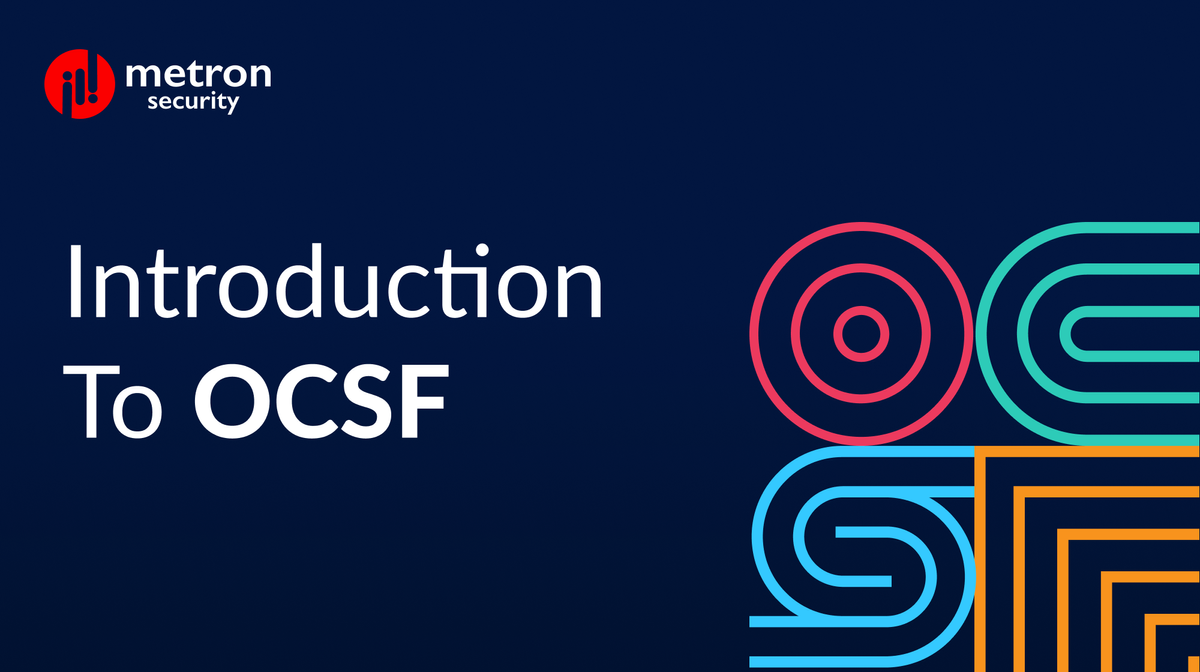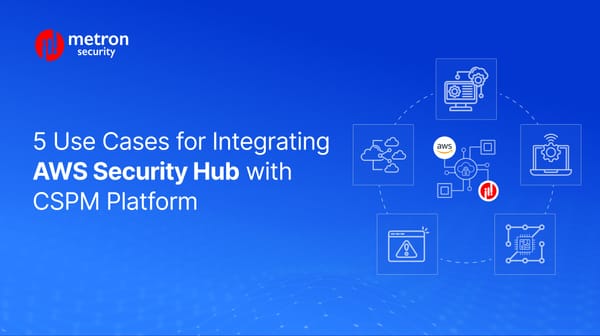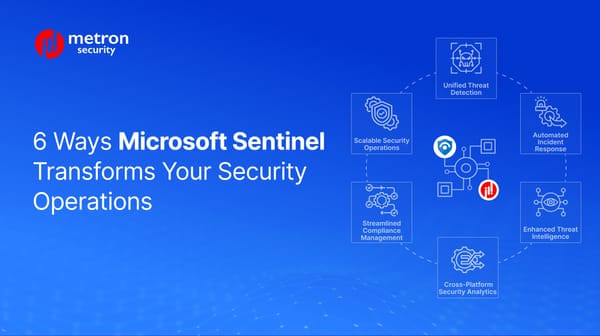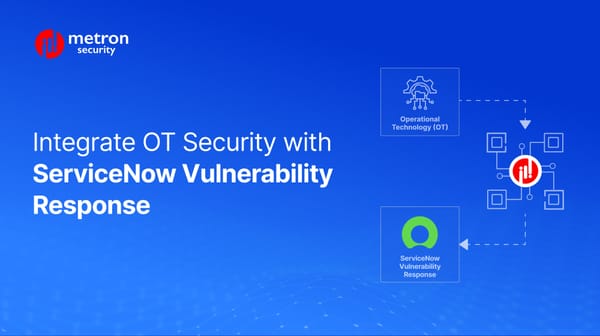Introduction to OCSF: Framework, Usage, and Benefits
OCSF is a framework with a strong potential for unifying cybersecurity systems across platforms. Learn more about its usage here.
Anmol Jain

Imagine living in a city where every single individual spoke a different language. Communication and understanding in that situation would be almost impossible - and at best, incredibly time-consuming.
Similarly in the sphere of cybersecurity, when data comes in from different sources, they are seldom in the same format, making it difficult for the datasets to quickly and effectively communicate with one another. Finding a way to bridge these gaps in communication is where the Open Cybersecurity Schema Framework (OCSF) comes into the picture.
What is the purpose of OCSF?
The goal of OCSF is to unify all the various cybersecurity tools and platforms by ensuring they speak the same language. In the vision laid out by OCSF, all data would flow freely between platforms, with seamlessly shared insights that lead to cybersecurity threats being identified before they even materialize.
From a top-level approach, it is a standardized blueprint used to organize and structure security events and information, making it easier for distinct tools and systems to collect, share, and analyze data in an effective manner. In other words, and if we return to the city metaphor with which we opened this article, OCSF acts as the universal translator, bringing clarity and cohesion to this diverse range of datasets.
In order to bring this cybersecurity vision to life, it is by nature a collaborative and open-source project that is mainly designed to create a common language for cybersecurity data. The source code for this framework is publicly available and open source and is currently hosted on GitHub.
What does OCSF do?
While it may seem simple on the surface, the way OCSF works is somewhat complex.
To begin with, OCSF offers a core schema that acts like a dictionary for cybersecurity data. It defines the essential terms and structures everyone should use to describe common concepts and events.
This dictionary includes:
- Cybersecurity assets or entities: Assets like computers, servers, networks, and user accounts.
- Data types: Formats for things like timestamps, IP addresses, and so on.
- Events and triggers: Activities and alerts that indicate potential security issues.
Hierarchically, OCSF structures data similar to a tree, with each level adding more specificity and context.
1. Categories: The OCSF categories organize the numerous event classes, each of which is focused on specific domains.
2. Event Classes: The categories are subdivided into more specific concepts that are referred to as event classes.
3. Data Types / Attributes / Objects: All the names mentioned in an event class belong to a specific data type/object.
Apart from this, the OCSF schema also consists of:
- Profiles: Profiles act as containers for additional attributes that can be applied to event classes or objects.
- Extensions: Extensions are of two types - Windows and Linux. They allow you to build new schemas or make changes to old schemas.
What are the benefits of OCSF?
OCSF offers several substantial benefits, including:
- Concept Standardization: OCSF defines common terms and concepts, ensuring every application operates on the same page.
- Data Organization: It structures data in a consistent manner which will make it easy to share and analyze the data across platforms. This data is structured and stored for use in the required format. For example, in AWS, the data is stored in Parquet format.
- Data Mapping: OCSF helps organizations map their existing security data to the standardized schema, simplifying the process of data ingestion and normalization.
- Bridging Tools: It enables different tools and systems to communicate effectively.
- Extensibility: The schema is designed to be flexible and extensible. Vendors and organizations can create custom extensions to capture specific data relevant to their environments.
Thus, by using this shared language, OCSF enables:
- Data consistency: Different tools and systems can understand and interpret each other's data.
- Faster analysis: Analysts can quickly find and analyze relevant information across diverse sources.
- Improved collaboration: Teams can easily share threat intelligence and work together effectively.
In sum, OCSF lays the foundation for a unified and efficient cybersecurity ecosystem.
Conclusion
OCSF is still evolving, but even at this stage, it has the potential to significantly improve cybersecurity data management and analysis. Its adoption is growing, and it's expected to play a key role in the future of cybersecurity as early as this calendar year (2024).
It’s good to note that OCSF is more than just a technical framework - it's a potential game-changer in the fight against cybercrime. By providing a common language for cybersecurity data, it streamlines workflows, enhances collaboration, and empowers organizations to defend themselves more effectively and in concert with their tools, apps, and one another.
Metron Security provides on-demand and effective approaches to managing third-party integrations for security ecosystems. Since 2014, Metron has delivered automation solutions for over 200 security applications along with several hundred custom automation solutions.
If you are looking to set up any integrations with the OCSF Schema and are facing challenges, you can reach out to us at connect@metronlabs.com.









